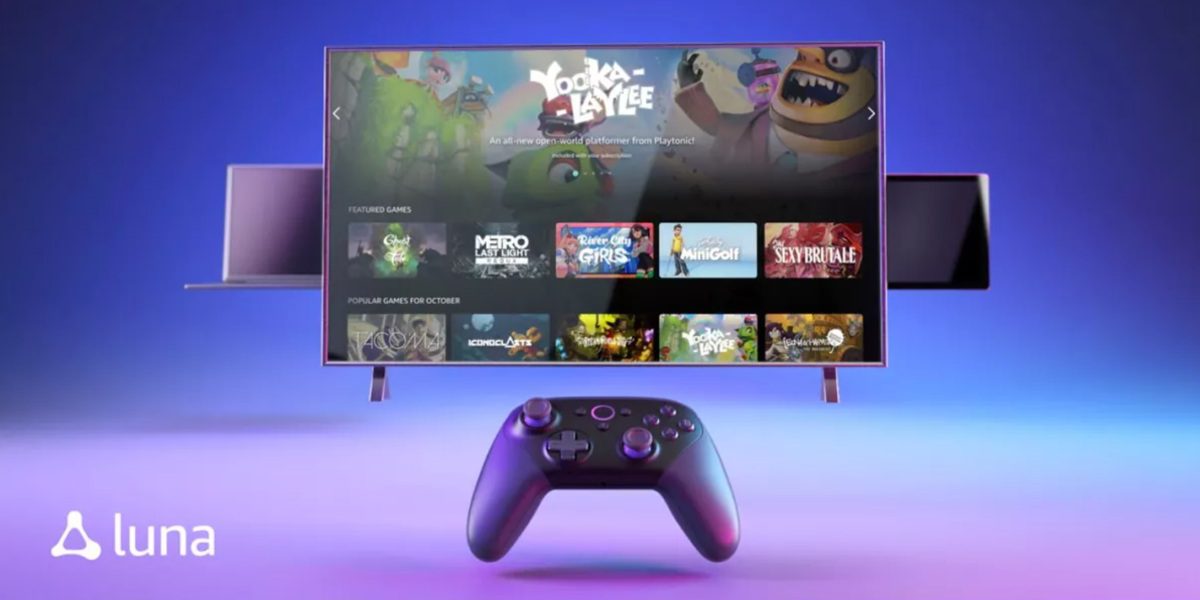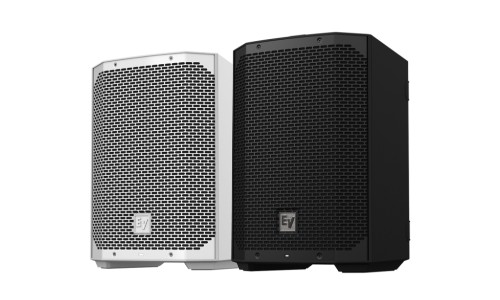Integrators should prepare for a coming explosion in demand for gaming-oriented home equipment, including headphones, displays, lighting, seating and more. In total, across software, hardware and accessories, worldwide consumer spend on gaming reached $194 billion in 2019, according to a new report from Futuresource Consulting. And the new “Netflix-like” monthly subscription model for gaming versus requiring gamers to purchase one-off games has the market ready to grow rapidly.
“Gaming may be on the verge of having its Netflix moment,” says Morris Garrard, research analyst at Futuresource Consulting. “We’re seeing it transition from one-shot content sales into all-you-can-eat subscription-based content access. The likes of Fortnite have reinvented gaming, with free-to-play titles monetized by DLC sales becoming the predominant business model for new titles.”
“The widespread adoption and significant consumer spend on these games really underlines the opportunity for games as a service. Throw Xbox Game Pass, PlayStation Now, Uplay+ and EA Play into the equation and we can see the momentum is beginning to build. As these platforms gain more extensive content catalogs, consumer traction will increase, accelerating the transition towards all-you-can-eat gaming subscription services,” adds Garrard.
In 2019, the gaming sector accounted for around one in every three dollars of consumer entertainment spend. With gaming in rapid ascendance, the wider entertainment industry is eyeing it as an opportunity, while also paying close attention to its potential threat.
“But it’s been a long and steady path to success,” Garrard continues. “Since the turn of the millennium, Xbox, PlayStation and Nintendo have been the gaming heavyweights, with Steam leading the PC software access market. Although market share has moved around between these companies, they have stood firm as the key players. Publishers have also remained relatively stable, particularly in the Western core gaming markets, with EA, Activision and Ubisoft leading the charge.”

The Future of Digital Lighting & Control
As a custom integrator, lighting is in demand. Effective communication, education and showcasing the value proposition of LED light fixtures in conjunction with integrative control systems are the keys to overcoming challenges and closing sales in this specialized market. Join us as we discuss the future of digital lighting and control with David Warfel from Light Can Help You and Patrick Laidlaw and Mark Moody from AiSPIRE. Register Now!Cloud Model Means More Gamers
Software is the golden child of gaming, generating $143 billion in 2019 and accounting for 74% of total gaming spend across software, hardware and accessories. As increases in connectivity and on-device storage have facilitated a move to digital content, and software monetization strategies have evolved accordingly.
“Games publishers have adopted innovative ways to profit from content, from the sale of downloadable content (DLC), to in-game sponsored advertising and wider entertainment opportunities such as in-game concerts and esports,” comments Garrard.
“All of these additional revenue streams are helping extend the lifecycle and increase the profitability of a title beyond the initial purchase. Publishers are now placing strategic emphasis on user retention and churn reduction, enabling titles such as GTA V and Fortnite to morph into cash cows and stay profitable over the long term.”
With all the activity surrounding gaming, increasing numbers of consumers are buying into the movement and allocating more of their leisure time to playing games. Content and hardware spend continue to climb, with mobile providing an opportune access point, opening the gaming market to new audiences thanks to the enormous scale of the addressable market.
However, gaming is no longer just about playing games. Consumers are becoming hungry for platforms that deliver integrated entertainment experiences. As a result, additional content and services can make or break a gaming ecosystem. Without a narrative that creates a backdrop for gameplay streaming, esports and influencers, even the largest of titles can struggle. The technology for cloud gaming and subscription gaming services has arrived, but the wider business model continues to demand attention, with a focus on a unified strategy that evaluates gaming as more than just a pastime.
Apple, Amazon, Google Eye Gaming Market
“There’s no doubt that cloud gaming is the most viable next step for gaming,” says Futuresource analyst James Manning Smith. “With cloud comes a fresh set of technologies that opens the market for newcomers. Apple, Amazon and Google are all reaching into the war chest to invest in new services for gamers.”
“The three tech giants all possess the necessary infrastructure to accelerate the growth of cloud gaming. It’s a move that blends well with consumer attitudes too, taking advantage of the shift away from packaged media that has occurred in both the video and music industries over the last decade. But without solid content acquisition and content exclusivity, gamers will not switch,” continues Manning Smith. “It’s vital that challenger services offer quality content, with game studio acquisitions a key battleground in the war to monopolise AAA content.”
Yet, the cloud opportunity comes at a price. As improvements in infrastructure and platforms enable larger segments of the global population to enjoy video game streaming, cannibalization will become an issue. The rise of cloud gaming could pose a serious challenge to hardware-dependent platforms over the next 10 years.
Ray Tracing Pushes Need for Better Displays
Ray tracing, which is the new 3D rendering technique that offers incredibly realistic lighting effects in gaming, is beginning its journey towards the foreground, accentuated by its inclusion on the Xbox Series X for next generation software. The technology maps parcels of light rays to render objects, surfaces and textures with photorealistic detail. It remains a relatively expensive and performance-limiting option at present, though continued development and innovation is expected to usher the technology into the mainstream.
As gaming continues to reinvent itself and expand its universe, companies are also exploring technological developments from adjacent industries. The true wireless form factor has proved a significant development in the headphones market and is a prime target for the gaming industry, with products such as the Razer Hammerhead earbuds proving successful. Further expansion is expected by the introduction of lower latency Bluetooth connectivity, with more brands expected to launch dedicated gaming earbuds, as well as established headphone brands incorporating gaming modes on upcoming true wireless models.
“We’re seeing a widespread raising of the game when it comes to tech,” says Manning Smith. “Console manufacturers are undertaking a complete overhaul of internal components, with this latest generation of consoles increasingly resembling gaming PCs in terms of performance specifications. For example, the new Xbox’s upgraded GPU offers 12 TFLOPs of graphical processing power, comparable to the 14.2TFLOPS offered by the top tier Nvidia GeForce RTX 2080 Ti Founders Edition. What’s more, with PC graphics cards retailing at over $1000 alone, this is twice the price of the new console in its entirety.”
If you enjoyed this article and want to receive more valuable industry content like this, click here to sign up for our digital newsletters!











